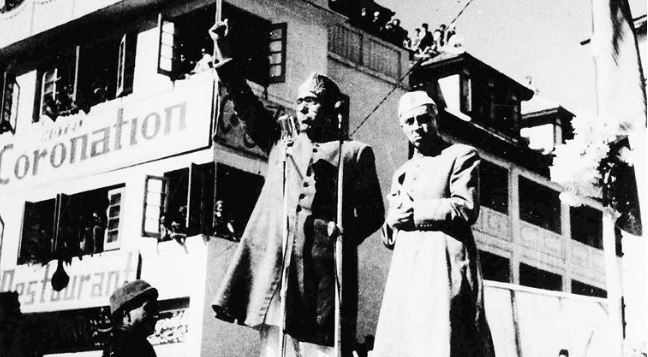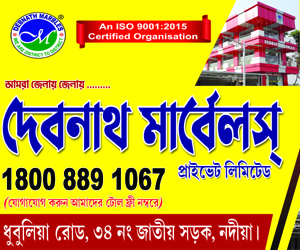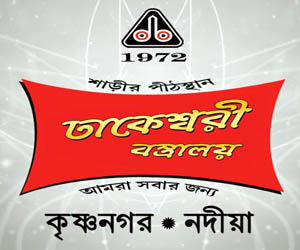
Sting Newz Service: What is Article 370 and 35A: A recent central ordinance, which extends reservation to SCs and STs in J&K, throws the spotlight on Article 35A, as well as Article 370 from which it derives. What are these two provisions?
What is Article 370?
Included in the Constitution on October 17, 1949, Article 370 exempts J&K from the Indian Constitution (except Article 1 and Article 370 itself) and permits the state to draft its own Constitution. It restricts Parliament’s legislative powers in respect of J&K. For extending a central law on subjects included in the Instrument of Accession (IoA), mere “consultation” with the state government is needed. But for extending it to other matters, “concurrence” of the state government is mandatory. The IoA came into play when the Indian Independence Act, 1947 divided British India into India and Pakistan. For some 600 princely states whose sovereignty was restored on Independence, the Act provided for three options: to remain an independent country, join Dominion of India, or join Dominion of Pakistan — and this joining with either of the two countries was to be through an IoA. Though no prescribed form was provided, a state so joining could specify the terms on which it agreed to join. The maxim for contracts between states is pacta sunt servanda, i.e. promises between states must be honoured; if there is a breach of contract, the general rule is that parties are to be restored to the original position.
A number of other states enjoy special status under Article 371, from 371A to 371I.
What were the terms included in the IoA for Kashmir?
The Schedule appended to the Instrument of Accession gave Parliament the power to legislate in respect of J&K only on Defence, External Affairs and Communications. In Kashmir’s Instrument of Accession in Clause 5, Raja Hari Singh, ruler of J&K, explicitly mentioned that the terms of “my Instrument of Accession cannot be varied by any amendment of the Act or of Indian Independence Act unless such amendment is accepted by me by an Instrument supplementary to this Instrument”. Clause 7 said “nothing in this Instrument shall be deemed to commit me in any way to acceptance of any future constitution of India or to fetter my discretion to enter into arrangements with the Government of India under any such future constitution”.
How did the accession come about?
Raja Hari Singh had initially decided to remain independent and sign standstill agreements with India and Pakistan, and Pakistan in fact signed it. But following an invasion from tribesmen and Army men in plainclothes from Pakistan, he sought the help of India, which in turn sought the accession of Kashmir to India. Hari Singh signed the Instrument of Accession on October 26, 1947 and Governor General Lord Mountbatten accepted it on October 27, 1947.
It was India’s stated policy that wherever there was a dispute on accession, it should be settled in accordance with the wishes of people rather than a unilateral decision of the ruler of the princely state. In India’s acceptance of the IoA, Lord Mountbatten stated that “it is my Government’s wish that as soon as law and order have been restored in Kashmir and her soil is cleared of the invader, the question of the State’s accession be settled by a reference to the people”. India regarded accession as purely temporary and provisional, as stated in the Government of India’s White Paper on J&K in 1948. In a letter to J&K Prime Minister Sheikh Abdullah dated May 17, 1949, Prime Minister Jawaharlal Nehru with the concurrence of Vallabhbhai Patel and N Gopalaswami Ayyangar wrote: “It has been settled policy of Government of India, which on many occasions has been stated both by Sardar Patel and me, that the Constitution of Jammu and Kashmir is a matter for determination by the people of the state represented in a Constituent Assembly convened for the purpose.”
How was Article 370 enacted?
The original draft was given by the Government of J&K. Following modification and negotiations, Article 306A (now 370) was passed in the Constituent Assembly on May 27, 1949. Moving the motion, Ayyangar said that though accession was complete, India had offered to have a plebiscite taken when the conditions were created, and if accession was not ratified then “we shall not stand in the way of Kashmir separating herself away from India”. On October 17, 1949, when Article 370 was finally included in the Constitution by India’s Constituent Assembly, Ayyangar reiterated India’s commitment to plebiscite and drafting of a separate constitution by J&K’s Constituent Assembly.
Was Article 370 a temporary provision?
It is the first article of Part XXI of the Constitution. The heading of this part is ‘Temporary, Transitional and Special Provisions’. Article 370 could be interpreted as temporary in the sense that the J&K Constituent Assembly had a right to modify/delete/retain it; it decided to retain it. Another interpretation was that accession was temporary until a plebiscite. The Union government, in a written reply in Parliament last year, said there is no proposal to remove Article 370. Delhi High Court in Kumari Vijayalaksmi (2017) too rejected a petition that said Article 370 is temporary and its continuation is a fraud on the Constitution. The Supreme Court in April 2018 said that despite the headnote using the word “temporary’, Article 370 is not temporary. In Sampat Prakash (1969) the SC refused to accept Article 370 as temporary. A five-judge Bench said “Article 370 has never ceased to be operative”. Thus, it is a permanent provision.





